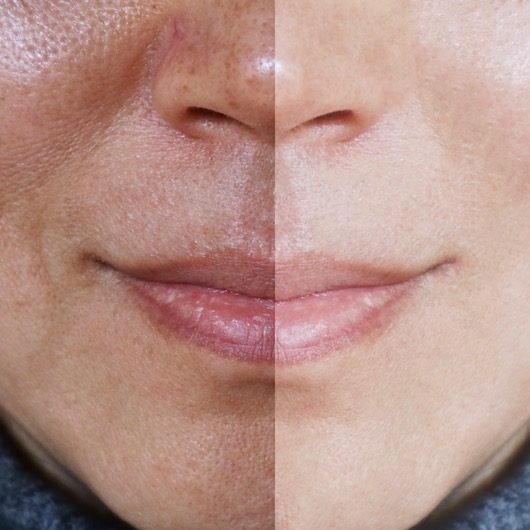Overview:
Melasma is a common skin condition characterized by dark patches on the face, typically on the cheeks, forehead, nose, and upper lip. It’s more prevalent in women and often triggered by hormonal changes, sun exposure, or genetic predisposition.
Causes and Risk Factors:
Hormonal changes (such as pregnancy or birth control pills), sun exposure, genetics, and certain medications can contribute to melasma development.
Symptoms:
Melasma presents as symmetrical, brown or gray-brown patches on the face, commonly on sun-exposed areas. These patches may vary in size and shape.
Diagnosis:
Diagnosis is typically based on a visual examination of the skin by a dermatologist. In some cases, a Wood’s lamp examination may be performed to assess the depth of pigment in the skin.
Treatment Options:
Treatment focuses on fading the patches and preventing recurrence. Options include topical medications (such as hydroquinone, retinoids, corticosteroids), chemical peels, microdermabrasion, and laser therapy.
Prevention:
Preventive measures include sun protection (using sunscreen and wearing protective clothing), avoiding hormonal triggers if possible, and managing underlying conditions.
Conclusion:
Melasma is a common skin condition that can affect one’s appearance and self-confidence. Understanding its causes, symptoms, diagnosis, treatment options, and prevention strategies is essential for managing the condition effectively. Consultation with a dermatologist can provide personalized recommendations for managing melasma.

